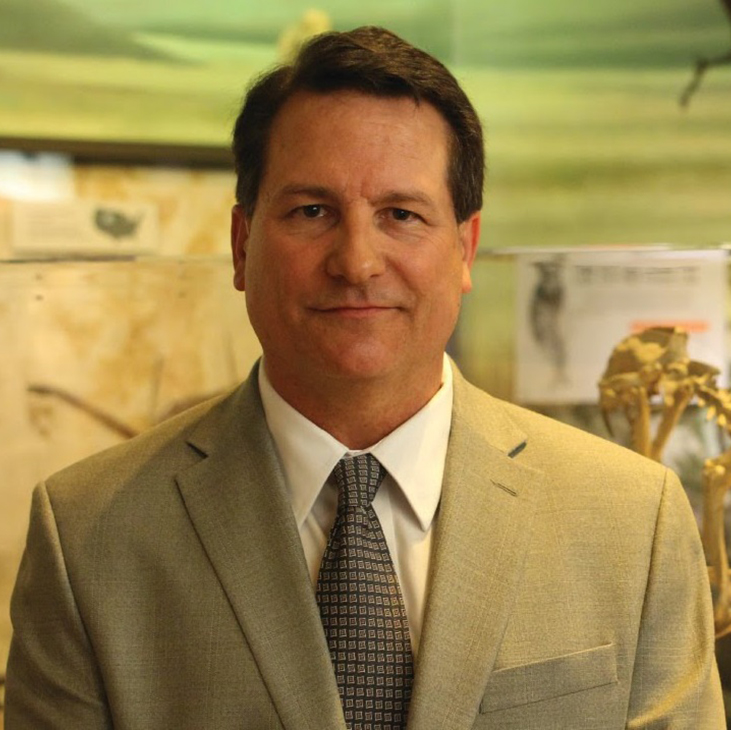
Dr. Kent Smith, Ph.D.: Virtual STEM Camps
Tuesday, April 7, 2020
For nearly two decades, I have been providing hands-on STEM opportunities for Oklahoma’s underrepresented youth— from kindergarten through college— aimed at increasing the number of American Indians in STEM and medicine.
The activities for undergraduate and graduate students have focused on gross and comparative anatomy, as well as, vertebrate paleontology. The disciplines of vertebrate paleontology are primarily taught during an annual field expedition to remote research sites in Oklahoma and southwestern parts of the U.S. as part of our Native Explorers program. The elementary and secondary students, however, have been introduced to similar STEM topics in traditional classrooms located in rural public school districts and tribal facilities through the Junior Native Explorers program. Regardless of age-group or location, the programs always coalesce traditional ways and culture with western science and medicine.
For the 2020 STEM camps, the COVID-19 pandemic has created new challenges for STEM educators and researchers who are mentoring the next generation of STEM professionals and health care providers.
The students at Oklahoma’s rural public schools and tribal communities continue to learn about STEM from their dedicated teachers with limited resources. Thus, I proposed offering virtual STEM (VSTEM) activities to these communities.
The STEM activities such as Native Explorers and research internships listed above occur primarily in the summer and have been placed on hold for this year. Other activities for younger participants in K through 12th grade transpire throughout the school year to complement their standard classroom lessons in STEM.
The 2020 academic environment has been slowly adjusting to national and state policies such as social distancing, campus closures and safer-at-home mandates that have forced both teachers and students off campus for the remainder of the academic year, however, lessons continue.
"Working with rural public-school districts and tribal partners has allowed me to transition STEM activities in a traditional classroom setting to a virtual classroom utilizing the same technology used in the delivery of virtual graduate-level classes I am teaching this semester."
Using Zoom to present videos, Power Point presentations, and live streams in my classes has worked very well.
Last week, I launched a pilot virtual STEM class for a rural public elementary school with plans to provide weekly VSTEM activities through the end of the school year. The responses from students and teachers have been overwhelmingly positive and we have observed a sharp increase in the number of students participating the VSTEM pilot project.
A few technological hurdles exist for virtual classrooms in rural and tribal communities, but we anticipate class attendance and enthusiasm among students and teachers will continue to expand with the addition of these VSTEM activities.
The virtual and traditional STEM camps will continue to be successful, in part, because of the sustainable support from many partners including tribal nations, private foundations, rural public school districts, and federal and state agencies, as well as the dedicated leadership at OSU Center for Health Sciences and the OSU College of Osteopathic Medicine at the Cherokee Nation.
On another positive note, I have always been interested in creating virtual field expeditions. This summer might be a good time to explore such opportunities in field vertebrate paleontology without breaking social distancing policies.
